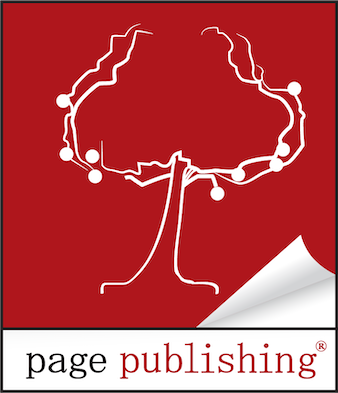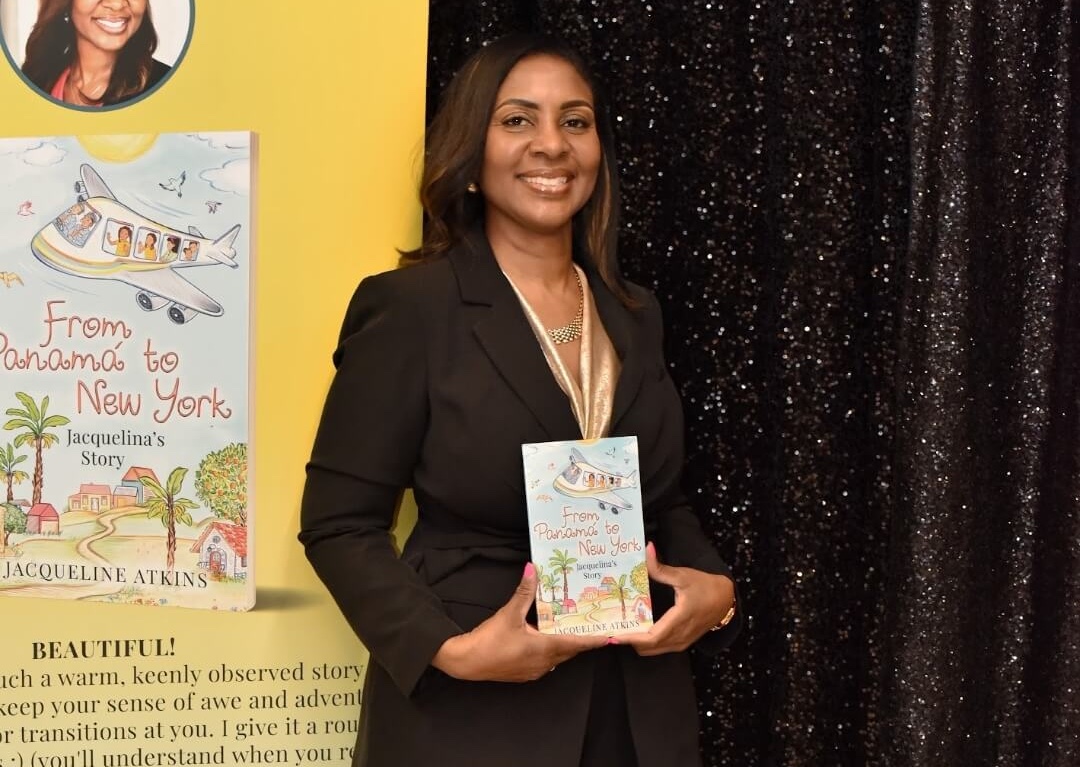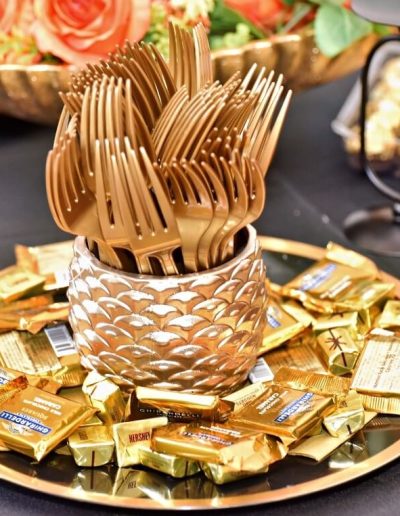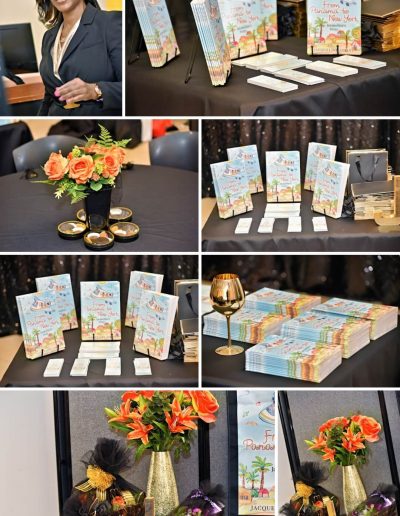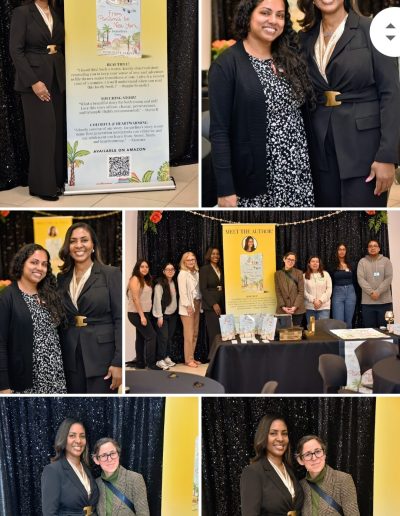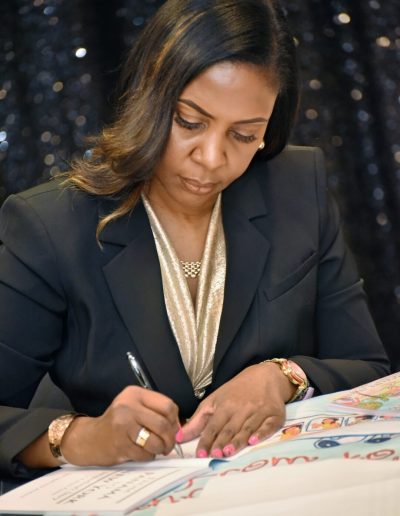
Dusting Off Old Stories: Finding Treasure in Forgotten Ideas

Every writer has a stash of forgotten ideas—scribbled notes in old notebooks, half-finished stories tucked into digital folders, or fleeting concepts once jotted down on the back of a receipt. These dormant creations might seem like relics of the past, but they hold untapped potential waiting to be rediscovered.
Reviving old stories isn’t just about completing them; it’s about unearthing the treasures hidden within. Here’s how you can transform forgotten ideas into meaningful, impactful works of art.
Revisit with an Open Mind
Old stories often feel like time capsules of your earlier self. Instead of critiquing them harshly, approach them with curiosity. Ask yourself:
- What sparked this idea in the first place?
- What themes or emotions was I exploring?
- How does this resonate with me now?
By revisiting your work with fresh eyes, you may find layers of meaning that weren’t apparent when you first wrote them.
Identify the Gems
Not every story will be a masterpiece, but each one holds something valuable—a vivid character, a compelling setting, or a unique premise. Comb through your old work and extract these gems. They can become the seeds for new stories or enrich current projects.
Let Your Current Self Enhance the Past
You’ve grown since you first wrote those stories. You’ve read more, lived more, and learned more about your craft. Use that growth to refine your ideas.
- Could a character be more complex?
- Does the pacing need adjustment?
- Could you bring more nuance to the themes?
Revisiting old stories allows you to merge past inspiration with present skill.
Reimagine the Premise
Sometimes, a forgotten idea needs a fresh spin. Ask yourself:
- What if the protagonist had a different motivation?
- How would the story change if set in a different time or place?
- Could the idea work better in another medium, like poetry, a screenplay, or flash fiction?
Reimagining your stories can unlock new creative pathways.
Embrace the Unfinished
There’s no shame in an incomplete story. In fact, many of the world’s most famous works began as fragments. Use the unfinished state to your advantage—it gives you the freedom to rework, reshape, and refine the story into something entirely new.
Combine Old Ideas with New Ones
Sometimes, two unrelated ideas can form a powerful synergy. Look through your old work for concepts that could complement each other. For example, a fantasy world from one draft might be the perfect setting for a romance from another.
Set Boundaries for Revisions
It’s easy to get lost in perfectionism when revisiting old work. To avoid endless tinkering, set clear goals:
- Decide what you want to achieve with the story.
- Establish a timeline for revisions.
Remember, not every piece needs to be publishable—some stories are valuable simply for the practice and joy they bring.
Honor the Process
Dusting off old stories isn’t just about the writing; it’s a journey of self-reflection. These stories capture moments in time—who you were, what you cared about, and how you saw the world. Honor those moments, even if the stories don’t end up in the spotlight.
Keep the Treasure Chest Open
Don’t let the cycle of forgetting and rediscovering stop. Keep your old stories accessible. Organize your drafts, create a folder for abandoned projects, or start a “story seeds” journal. This way, your treasure chest of ideas is always within reach.
The stories you’ve forgotten aren’t failures; they’re pieces of your creative journey, waiting for the right moment to bloom. By dusting them off, you not only find hidden treasures but also reconnect with the writer you’ve always been.
So, dig into those forgotten drafts, breathe life into old ideas, and remember: every story, no matter how unfinished or imperfect, has the potential to shine.
